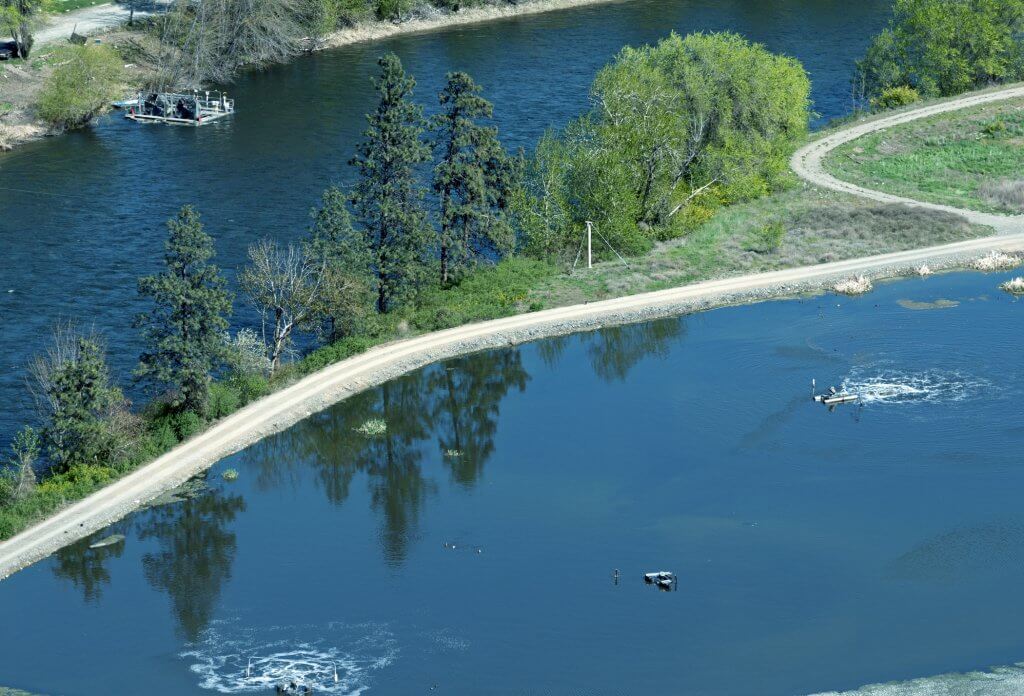The largest number of biological wastewater treatment systems are aerobic digesters, which rely on aeration to support oxygen-consuming bacteria. An aerated lagoon (often called aerobic stabilization basin, or ASB) is usually the most practical incubator and often has a retention time of 30-60 days. The bacteria employed are usually fed supplemental Nitrogen (N) and/or Phosphorus (P) nutrient solutions, unless the process (i.e. papermaking) generates a sufficient residual concentration that carries over into the wastewater treatment operation. The objective is to reduce Biological Oxygen Demand (BOD) to acceptable levels prior to discharge (to the source river, stream, etc).
Wastewater Treatment
Helping you keep your wastewater treatment operations in regulatory compliance.
